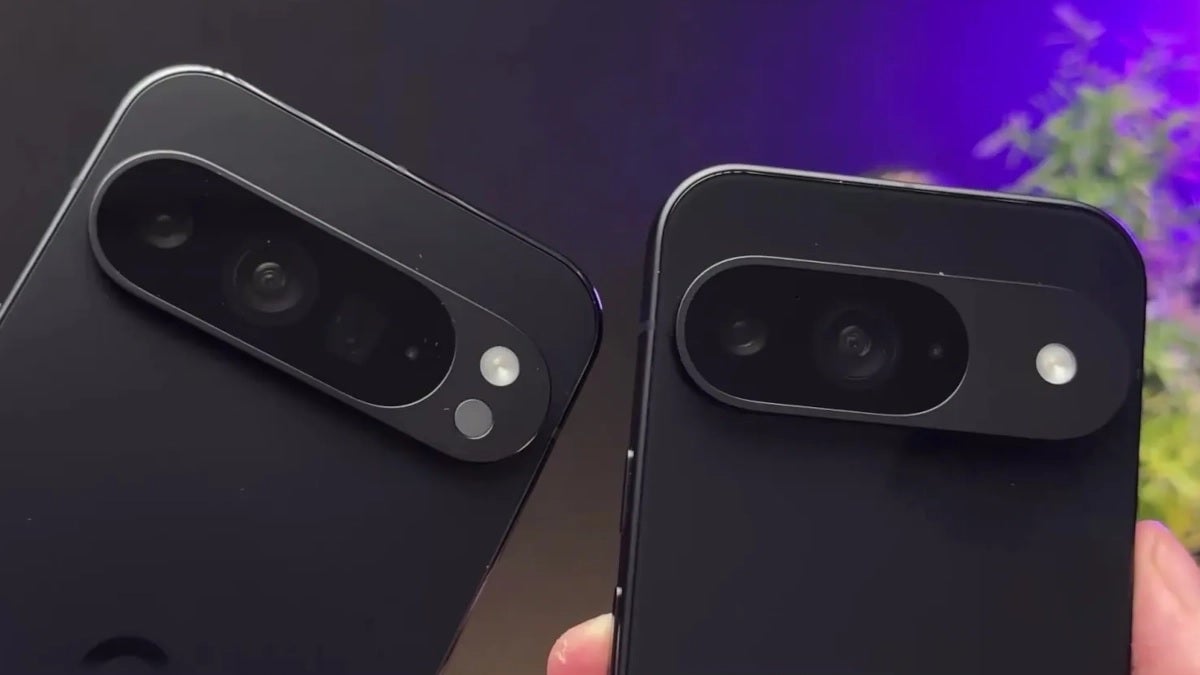One interesting note that you can see is that the back of the larger Pixel 9 Pro XL has a matte finish that will help keep your phone from attracting fingerprints. The Pixel 9 in the same set of pictures sports a glossy rear panel, perhaps not as likely to attract fingerprints like the HTC Touch Diamond did in the old days, but certainly shiny enough to require the phone to be wiped down every now and then.
Google designed the phones so that the flat sides of the two models are reversed. For example, despite the matte finish on the back of the Pixel 9 Pro XL, that phone has a glossy flat side while the Pixel 9 with the glossy rear panel sports a flat side with a matte finish.
The Pixel 9 is expected to carry a 6.24-inch display with the Pixel 9 Pro weighing in at 6.34 inches. The Pixel 9 Pro XL will feature a 6.73-inch display. All three phones will be powered by the Tensor G4 application processor (AP). If you can, you might want to wait until the Pixel 10 is released next year since it will reportedly be powered by a 3nm Tensor G5 AP which will be customized by Google for the first time. The chip has been “taped out” a year in advance so that Google could put the SoC through rigorous testing and still have time to make any necessary changes.
There has been speculation about a fourth Pixel 9 series phone, the Pixel 9 Pro Fold. This would be the second-generation Pixel Fold 2 with a new name. By pushing back the foldable Pixel Fold from last June’s release to an August or September release for the sequel, Google might have made it possible for the new foldable to be powered by the Tensor G4 SoC compared to the Tensor G2 that was used on the OG Pixel Fold.
